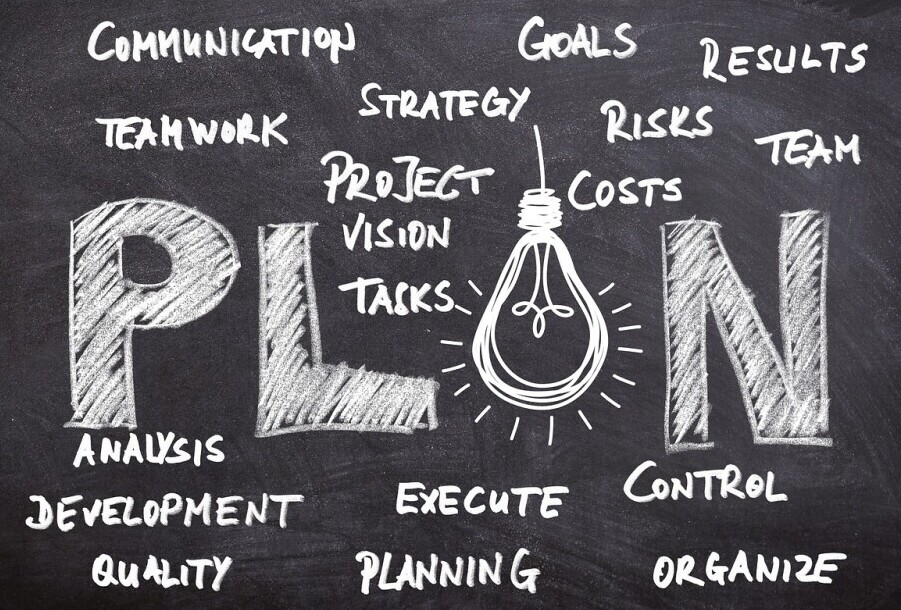
Camping with your youngsters can be like unlocking a door to an adventure and family togetherness experience. Can you imagine the excitement on your kids faces when they roast marshmallows over the fire or catch a glimpse of a trail littered with gems like plants and animals? Those are the type of memories that stick with you.
So, as you go out there and enjoy yourself, just remember the key is the great fun — but with a touch of caution. Nature is awe-inspiring but there is a need to be a step ahead in terms of safety. A good plan can be your best friend out there.
This check guide is essentially your safety net for your family camping trip. So from advice and tips to (god forbid) how to prepare for the worst, I have some words of wisdom for all of you. So let us help you start your outdoor adventures right and keep them safe.
Prioritize Safety First: Key Tips for Keeping Kids Safe
When you’re out camping with the kids, playing eagle-eyed guardian is the name of the game. It’s about keeping tabs on where your little adventurers are, what they’re up to, and avoiding any sticky situations. Think of yourself as their safety compass — a kind hand on their shoulder and a vigilant eye guiding them through the wild.
Let’s talk skills! Teach the kiddos a few essential survival skills and they will turn into mini explorers. Why not teach them how to build a campfire safely or how to read a map? These are the foundations of confidence and common sense, key ingredients in any outdoor adventure.
Now let’s unpack the fundamentals of emergency response. A timely response can nudge the scales. Whether it’s a fall on a trail or an unexpected encounter with wildlife, being able to respond quickly is key. Fundamentals to remember: remain calm, assess the situation, call for help, provide assistance if it’s safe to do so, move out of harm’s way if necessary.
Before you step foot on that campsite, cross off those non-negotiables from your list — a first-aid kit designed for kids, extra layers for unpredictable weather and some reliable bug spray. These staples complete your prepper routine to keep you comfortable with a sound mind.
Establishing a Robust Emergency Preparedness Plan

It sounds scary, teaching kids how to respond in times of emergency, but really, it can be a super fun way to learn! Begin with engaging activities that grab their interest and creative spirit and introduce the idea. Something as simple as a treasure hunt where each clue teaches a safety tip might work.
Communication is a big deal in emergencies. Keep a plan for how you and your loved ones will communicate if separated. Teach the children when and how to call for emergency numbers. Practice using walkie-talkies or a good old-fashioned whistle; it can be fun and educational.
So what do you necessarily need to pack in that go-to emergency bag? Think beyond the basics. Three main things to bring: communication tools, such as a whistle and a phone with backup batteries; plenty of water and snacks; a clear layout of evacuation routes from your campground.
An emergency plan should not be complex; it should be clear and readily available. The five requirements that any plan must meet to be effective are: it’s got to be thorough — covering the different scenarios; it’s got to be detailed — describing step-by-step what to do; it’s got to be flexible — allowing things to change as needed in the police; it’s got to be comprehensible for everyone involved; and it’s got to be readily available — when the world is on fire, people just don’t read anything. Deconstructing them into games or relatable stories, makes it digestible for the little ones.
It’s important to map out roles and responsibilities, as well. And, while this not only prepares your family, it also helps kids feel included and responsible so they can feel a part of the response to the situation, and thus have a way of thinking they have some control and calm in the face of the unexpected.
Engaging Kids: Making Safety a Fun and Learnable Exercise
Try and make safety something that’s not just learned, but something that sticks with them through practice and play. With a mix of games, stories, and real-life adventures, teaching safety can easily become a favorite part of your camping trips.
Age-appropriate safety games are a fantastic way to reinforce what to do in different situations. Tag with a twist could have the kids practice ‘freeze’ for ‘stop, look, listen’ drills, turning a serious lesson into an engaging game.
Storytelling is a powerful tool. Create stories where your kids are the heroes, battling unexpected challenges with their new skills. These tales not only entertain but also help embed safety lessons in their memories.
Bring in problem-solving and teamwork. Set up friendly challenges where they can practice finding hidden ’emergency supplies’ scattered around your campsite or map out paths using compass skills. Encouraging them to brainstorm solutions strengthens their thinking and cooperation skills.
Don’t underestimate the power of role models. Highlight stories of real-life survival and introduce them to people — even fictional characters — who’ve triumphed over adversity thanks to their smarts and preparation.
By weaving in these fun elements, safety becomes not just something they can recall, but something they’re actually excited and empowered to learn more about.
